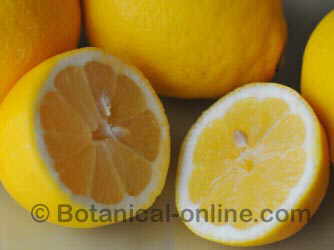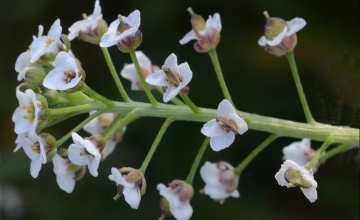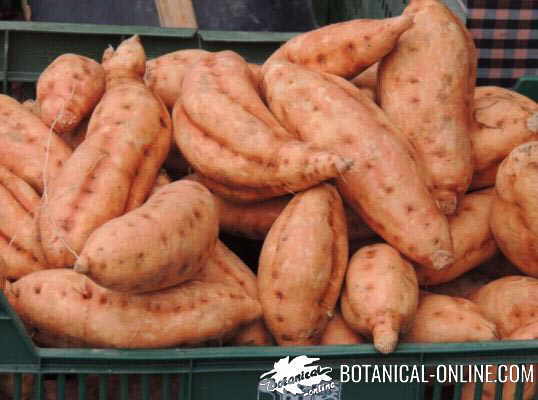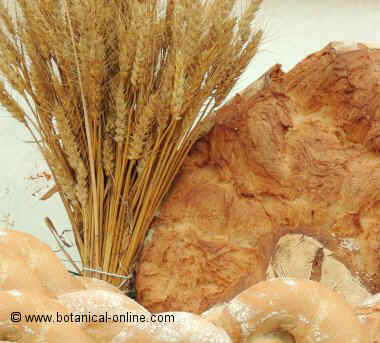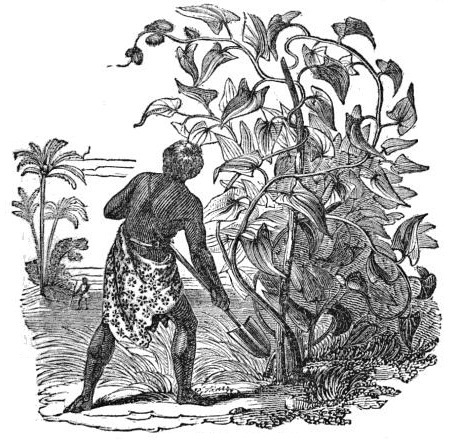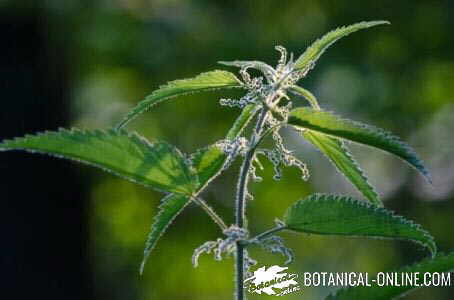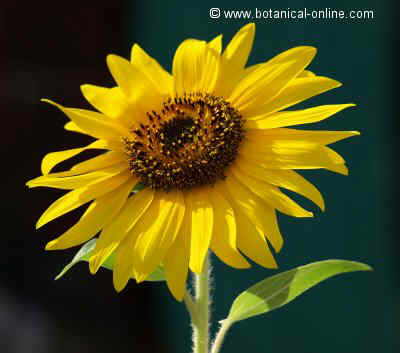Contents
TECHNIQUES FOR PRESERVATION OF AROMATIC OR MEDICINAL HERBS
How to preserve herbs?
Tips for preserving herbs
Various techniques can also be used in the herb conservation process. The most widely used technique is drying. An easy and proper way to preserve
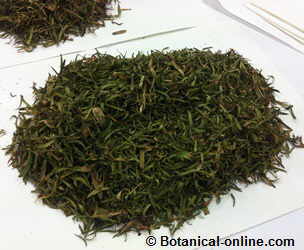
dried herbs is as follows:
- The large leaves are kept in glass jars, preferably dark in color so that light does not alter their properties. If they are transparent, they can be lined with fabric, which is decorative and, in a certain way, also protects them from light.
- The small leaves that were dried in bunches (See drying techniques in the list below), should be separated from the twigs. The best way is to take twig by twig between your thumb and forefinger and drag them from the back of the twig to the end of the twig, causing the little leaves to fall into a jar. In this way we will separate all the leaves from the bunches. Branches bare of leaves are not usable and should be thrown away.
- Once separated from their branches, the small leaves will also be kept in containers like the leaves and under the same conditions.
- Once separated from their branches, the small leaves will also be stored in containers like the leaves and under the same conditions.
Tips for preserving herbs
It is important to take into account the following tips for the conservation of herbs:
- Store them in a dark and dry place. The best places are cupboards with good ventilation.
- Do not keep dried herbs hanging in the kitchen. They dry out too much and become impregnated with grease and dirt.
- Spices rack hanging in the kitchen are not very suitable. In most cases the herbs are inside transparent pots, so they are altered by light. In addition, spice racks tend to catch a lot of dirt.
- Herbs should not be kept for more than one year. Over time they lose their properties and become moldy.
- Discard the herbs if they smell musty when you open the jar or if they do not have a pleasant, fresh aroma.
- Discard the herbs if, upon opening the jar, we perceive traces of mold.
- Large jars are not the most suitable. These leave too much space for the accumulation of air between them and the rim, which makes it easier for them to become rancid or spoil. It’s best to keep herbs in small jars as they will vary sooner and won’t let the dried herbs come into contact with so much air.
OTHER TECHNIQUES FOR THE PRESERVATION OF HERBS
Other less used techniques for the conservation of herbs are:
Freezing the herbs
It is a good way to preserve weak aromatic herbs such as mint. It is done by introducing the clean and cut herbs into a plastic bag and putting them in the freezer. A practical way is to crush the herbs well and put them in an ice-tray, placing a couple of pinches in each cube.
It is then frozen and can be used to flavor drinks, beverages, juices, etc. It can be very useful for basil, celery or mint, to have the aroma of the fresh plant.
Preservation of herbs in sugar
This is the method used to preserve flowers that will later be used to decorate cakes. It consists of mixing a ¼ kilo of sugar with a few flowers, such as rose petals, and placing them in an airtight jar. When necessary, pulverize everything and sprinkle the flower-scented sugar on the cake.
Conservation of herbs in salt
It is used to produce aromatic salt with which to season meat, fish, etc. Leaves of aromatic plants such as sage or rosemary are used. A bed of leaves is made on a tray and covered with salt. Then it is placed in the oven at about 40ºC. When the leaves are dry, the mixture is crushed and left in a closed jar to use when necessary.
![]() More information on properties of spices, list and characteristics.
More information on properties of spices, list and characteristics.

